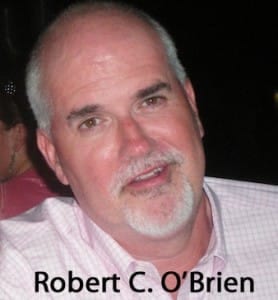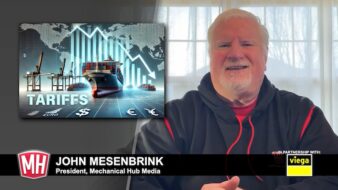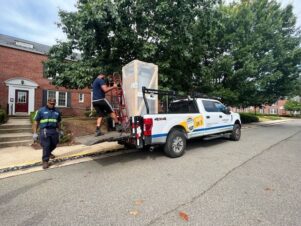Less than 8 percent of homes in the USA are oil heated, the vast majority of those are in the northeast and that number is shrinking every day, consumers are switching to alternate fuels due to the high cost and perceived disadvantages of oil heat at a fairly high rate. We (Technical Heating Co. LLC) are located on Long Island and gas currently enjoys the price advantage of about 36 percent. That is a substantial number, however most homeowners see a much greater savings, particularly when upgrading to a modulating/condensing (mod/con) gas boiler with outdoor reset (ODR). Savings in the 75% range are not uncommon with a properly applied mod/con.
 There is a very common misconception that condensing boilers don’t work well with high temp radiation such as baseboard and convectors but they do! Most homes are over radiated allowing the reset curve to keep the boiler in condensing mode most of the winter. Dr Tom Butcher of Brookhaven National Lab did a study on the topic of condensing boilers with baseboard systems in 2004 and found that with outdoor reset a mod/con can be in condensing mode for 96% of the heating season!
There is a very common misconception that condensing boilers don’t work well with high temp radiation such as baseboard and convectors but they do! Most homes are over radiated allowing the reset curve to keep the boiler in condensing mode most of the winter. Dr Tom Butcher of Brookhaven National Lab did a study on the topic of condensing boilers with baseboard systems in 2004 and found that with outdoor reset a mod/con can be in condensing mode for 96% of the heating season!
The modulation factor is often overlooked when considering a condensing boiler, it may in fact provide greater savings than the condensing part of the equation. Modulation is increasing or decreasing the BTU input to match the current demand, I use the cold day/large fire, warm day/small fire analogy with consumers. The variable input allows the boiler to be the “right size” every day of the year rather than just the coldest day of the year. This doesn’t mean you can over size the boiler! The turn down on most boilers is the 5-1 range, for example a 100K BTU boiler can fire as low as 20K BTU. The boiler will be oversized on any day that the heat loss is less than 20K. If you install the 100K BTU mod/con in a home with a 50K heat loss, it will still cycle excessively in the shoulder seasons.
Venting a mod/con is different than a cast iron atmospheric boiler. Due to the very low flue gas temps, these boilers use plastic pipe to vent combustion products, commonly PVC, CPVC or polypropylene. Some manufacturers approve all or only some of these, read the I&O manual before even selling the job, it will spare much anguish down the line! When direct venting clearances from windows, air inlets, inside and outside corners etc are crucial, another reason to read the manual and have the clearances page with you when surveying the job initially. We use polypropylene almost exclusively, it is made to vent flue products,i s easy to work with and relatively inexpensive. We also almost always use the existing chimney as a chase for the polypropylene for a few reasons, no worries about clearances, no vapor plume complaints from homeowners or their neighbors and no dead shrubs!
Piping a mod/con is a bit different from CI boilers as most will require primary/secondary piping or a low loss header. Both accomplish the decoupling of the boiler from the system. For in depth understanding of P/S piping I can strongly recommend a book by Dan Holohan “Primary-Seconday Pumping Made Easy” We use a low loss header for ease of prefabrication and it’s air elimination capability.
Condensate disposal is the last major difference between mod/cons and the CI boilers. Mod/cons produce condensate, hopefully quite a bit of it! Since the condensate is slightly acidic it needs to be treated befor being pumped or piped to a drain. This is done with a neutralizer, basically a container of limestone or marble chips. These are readily available almost everywhere, run the condensate drain to the neutralizer and then into a gravity drain if available or a condensate pump.
Next time, converting with a CI boiler!




Join the conversation: